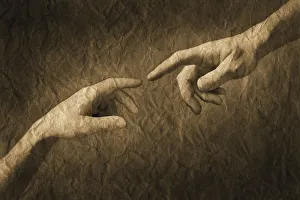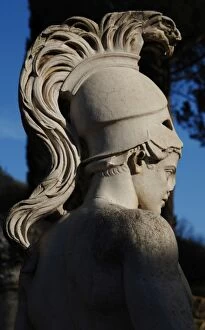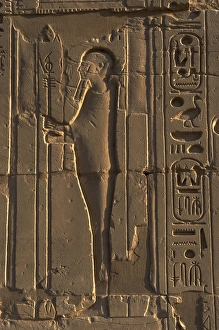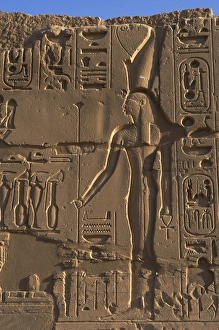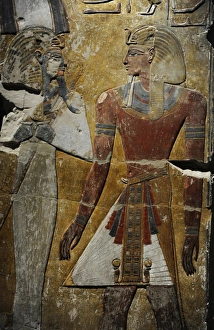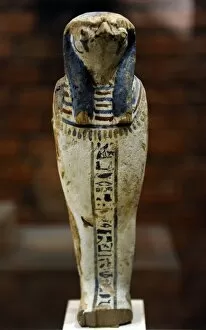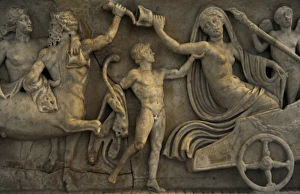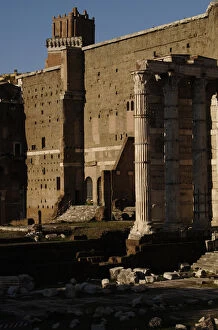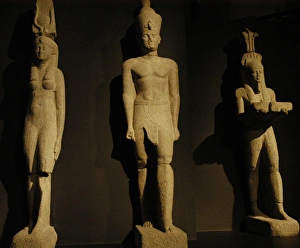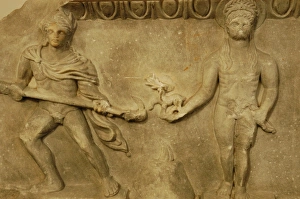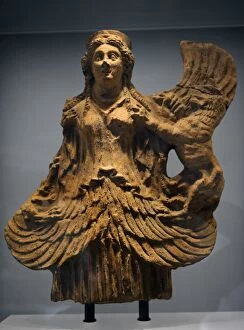Divinity Collection (page 90)
"Journeying through the Divine: Exploring Symbols in Art" Step into a world where divinity transcends time and culture
All Professionally Made to Order for Quick Shipping
"Journeying through the Divine: Exploring Symbols in Art" Step into a world where divinity transcends time and culture, as we unravel the captivating symbols depicted in various artworks. In Rembrandt van Rijn's masterpiece "Supper at Emmaus, " we witness the divine presence amidst an ordinary meal, reminding us that they are manifest itself even in the most mundane moments. The Winged Victory of Samothrace, also known as Nike of Samothrace, stands tall with her majestic wings spread wide. This ancient sculpture symbolizes triumph and victory, embodying the essence of divinity. As we delve deeper into Eastern philosophy, we encounter the Wheel of Samsara—a visual representation of life's cyclical nature. It teaches us that true divinity lies in breaking free from this cycle and attaining enlightenment. Egyptian mythology introduces us to Goddess Nephthys—an embodiment of protection and healing. Her relief sculpture found in Memphis reminds us that they are be both nurturing and powerful. Fuxi and Nuwa grace our journey with their presence—ancient Chinese deities who created humanity out of clay. Their painted silk depiction reveals how divinity intertwines with creation itself. Initiation rites portrayed in frescoes from Villa Dei Mysteri shed light on Dionysus' cult—the god associated with ecstasy and liberation. These rituals remind us that embracing our wild side is also part of experiencing divine energy. God Bes greets us from an Egyptian capital column relief—a deity believed to bring joy and protect households. His image serves as a reminder that they are be found within our homes too. Love takes center stage in "Marriage of Cupid and Psyche, " a fresco capturing their eternal union against all odds. It signifies how love transcends mortal boundaries, revealing its divine nature.







